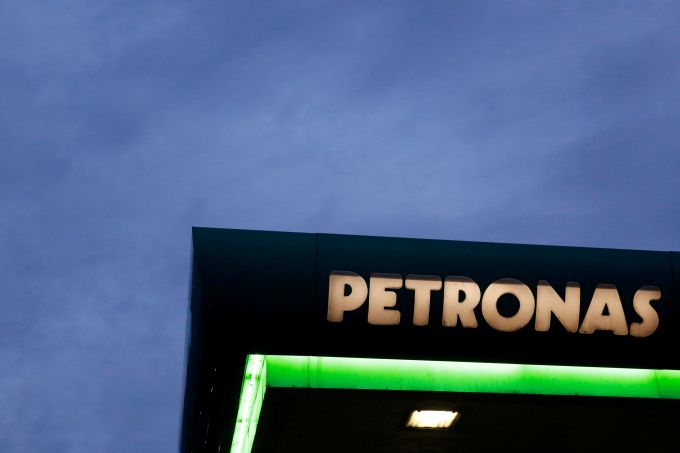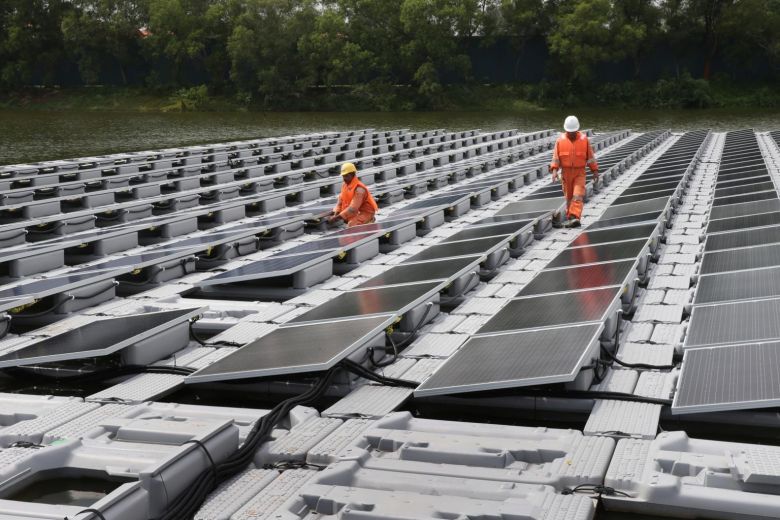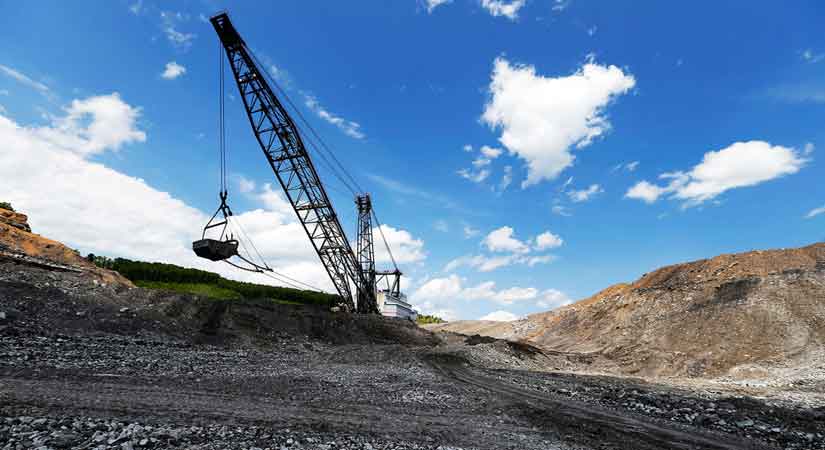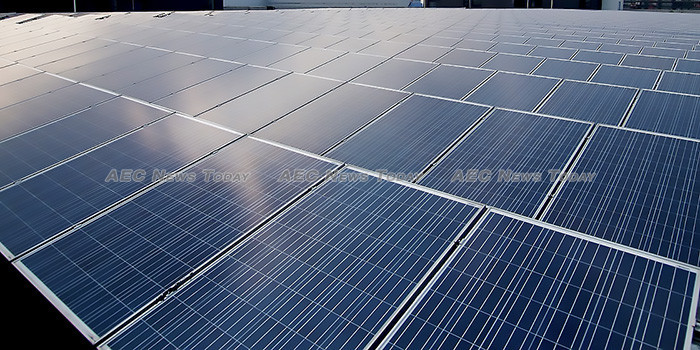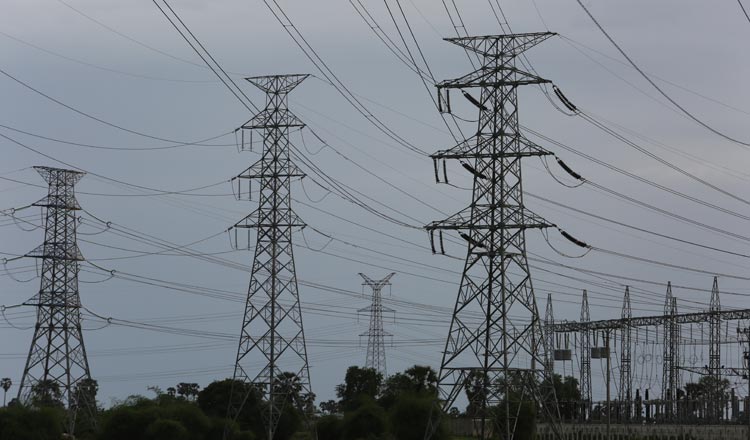SINGAPORE – One of the world’s largest single floating solar photovoltaic (PV) systems might soon find a home in the waters of Singapore’s Tengeh Reservoir.
In a bid to reduce its carbon footprint, national water agency PUB will from Friday (June 7) seek proposals from companies to design, build, own and run the nation’s first large-scale floating system of solar panels that will power water treatment processes.
Two smaller floating solar PV systems will also be deployed by the PUB at the reservoirs in Bedok and Lower Seletar in the second half of this year, for the same reason.
Alongside the conversion of food waste into agricultural compost and the use of water sludge to produce biogas as an alternative energy source, the floating solar PV systems are yet another tool in the nation’s arsenal to thrive in a resource-constrained world.
Minister for Environment and Water Resources Masagos Zulkifli announced the project in his speech at the Ecosperity Conference 2019 on Thursday, as he outlined a multi-pronged strategy to bolster Singapore’s defences against climate change and economic sustainability in a world with limited resources.
Now in its sixth year, the event hosted by Temasek investment company at Sands Expo and Convention Centre in Marina Bay Sands brought together corporate leaders, policymakers and innovators to discuss ways in which businesses could marry growth with sustainability.
“It is clear that the status quo in the way we consume our resources and grow our economy is not sustainable. The impact of climate change respects no geographical or national boundaries,” Mr Masagos said.
He cited a handful of scenarios in other parts of the world that underscored the gravity of the climate crisis, including the uncharacteristically warm weather last month in the region of Hokkaido, Japan, where a heatwave sent mercury levels soaring beyond those of previous years.
A third of the world’s arable land has already been lost due to ecological changes, he said, and the effect of extreme weather phenomena will put mounting pressure on critical resources such as food, energy and water.
“Growing population, rapid urbanisation, over-consumption of resources as well as the intensifying effects of climate change are all megatrends that we are grappling with,” said Mr Masagos.
In his welcome remarks, chairman of Temasek Holdings Lim Boon Heng said: “We cannot ignore the serious impact of climate change on our planet. We should all know by now that we are at a tipping point. The decisions we make today will matter.”
He cited the 1.5 deg C report released by the United Nations last year, which warned that the world had only 12 years to limit its carbon emissions in order to minimise global warming to moderate levels.
He added: “If we don’t reduce emissions, we will risk global temperatures reaching a point that will irreversibly damage the climate balance on Earth.
“If we don’t make those changes, the planet will make them for us, and the consequences will be very hard on humanity.”
To take on these challenges, Mr Masagos highlighted several strategies Singapore has adopted in its circular economy approach, where waste is minimised and transformed into resources.
This includes plans to convert incinerated bottom ash into construction material and to segregate and treat food waste – a major source of waste here – into agricultural inputs on local farms.
He also noted the integrated water and waste treatment plants at Tuas Nexus, expected to be fully ready by 2027, would shave more than 200,000 tonnes a year off national carbon emissions – equivalent to taking 42,500 cars off the road – by converting food waste and used water sludge into biogas sources.
Mr Masagos said businesses have a key role to play and noted that Keppel Corporation, for instance, accumulated $55 million in cost savings last year by redesigning its corporate offices to include energy-efficient and environmentally sustainable features such as photo sensors that dim lights in the buildings according to the amount of daylight present.
One strategy he highlighted is for businesses to adopt a triple bottom line framework, looking at its environmental, social and financial impact, to evaluate company performance. He cited DBS Bank as an example of a corporation that has done so by declaring that it would stop funding new coal-fired plants beyond its existing commitments and increase financing for renewable energy instead.
Mr Lim said that there was a lot to learn from China in terms of implementing green solutions, a key topic at this year’s Ecosperity conference.
He noted that in 2012, many were “sceptical” when China, the world’s biggest polluter back then, announced that it would build an “ecological civilisation”. He added that less than a decade later, China has become the largest producer of wind and solar energy and continued to lead investments and innovations in green technologies and renewable energy.
Mr Lim stressed: “There is no Plan B, because there is no Planet B.
“Our responsibility, and our challenge, is – for the first time in human history – to make decisions that actually begin to reverse the negative impact of human habitation on our planet.”


